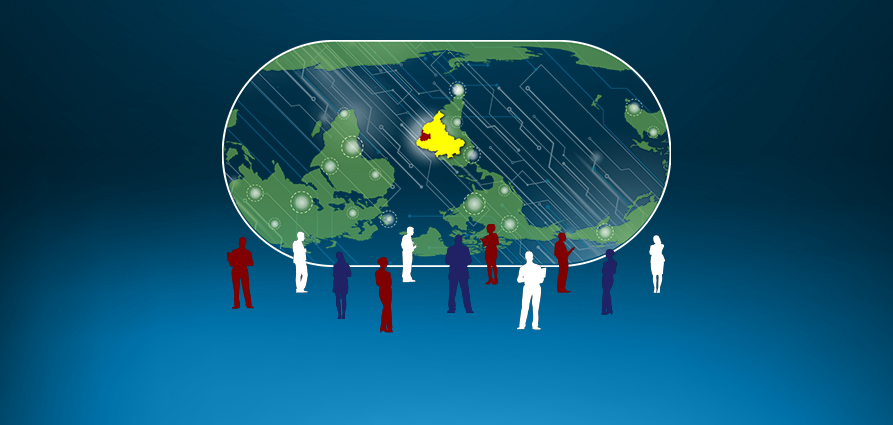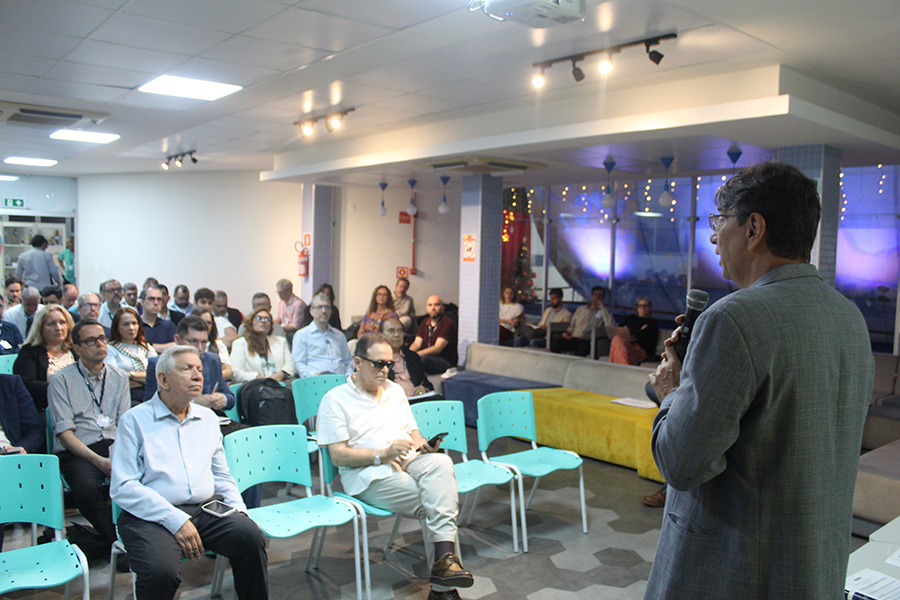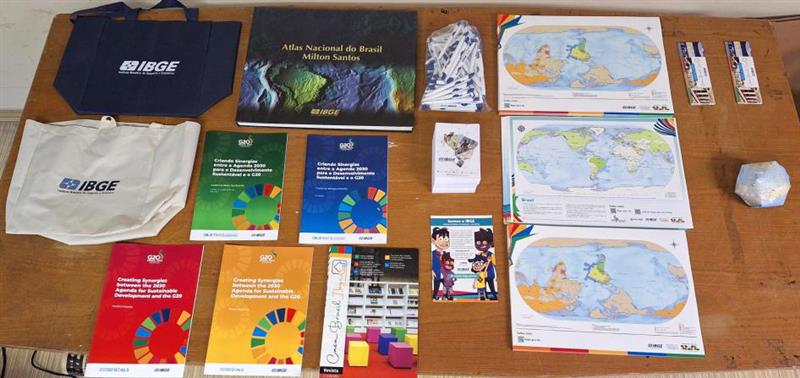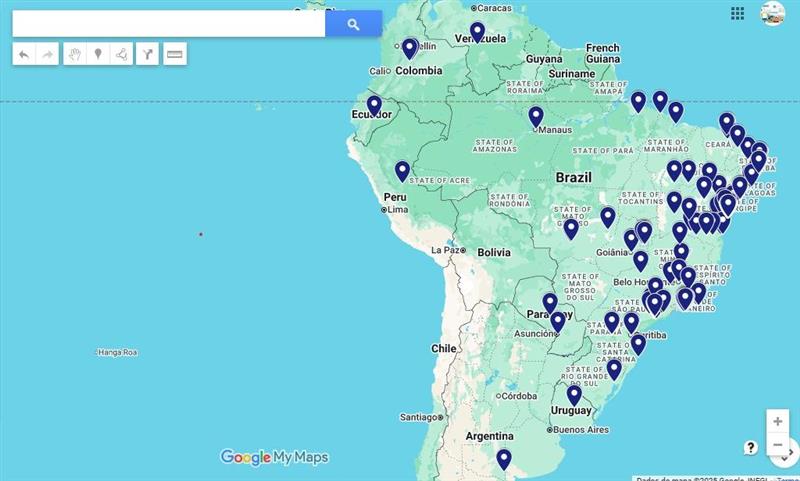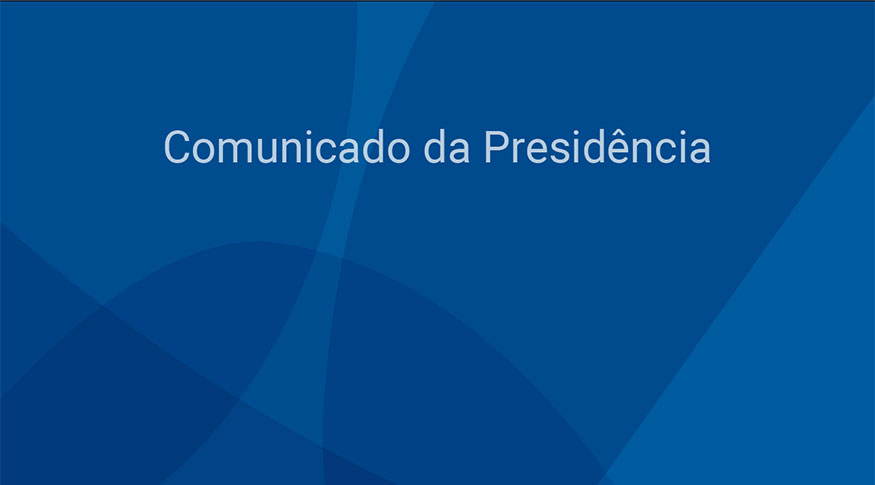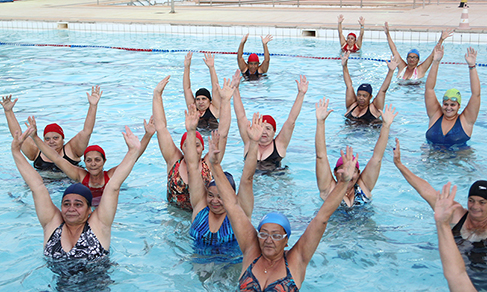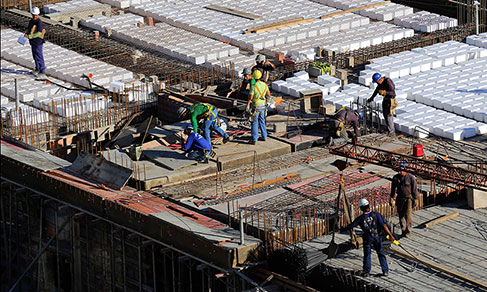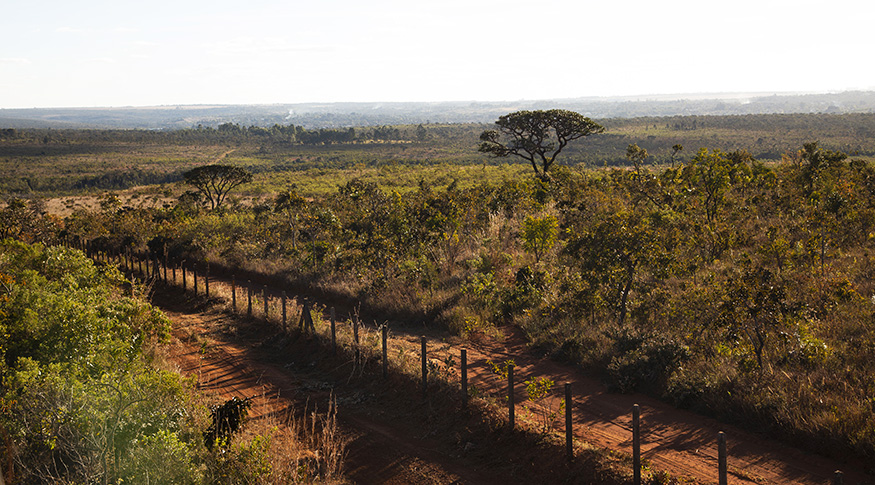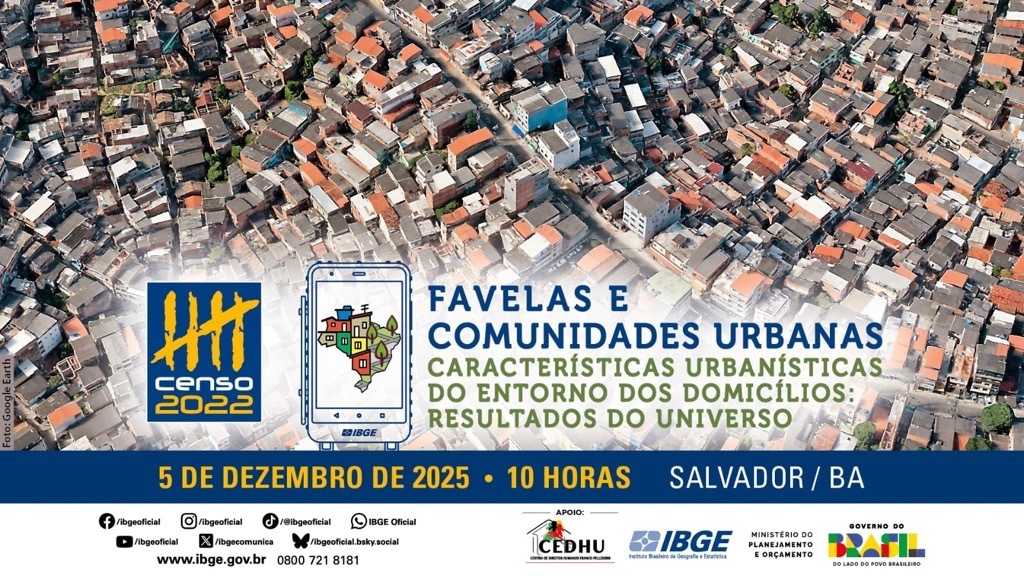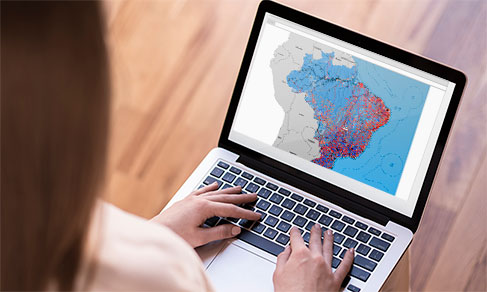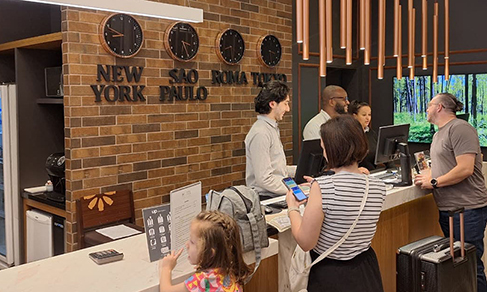Summary of Social Indicators
Extreme poverty affects 13.5 million persons and hits highest level in seven years
November 06, 2019 10h00 AM | Last Updated: November 07, 2019 10h00 AM
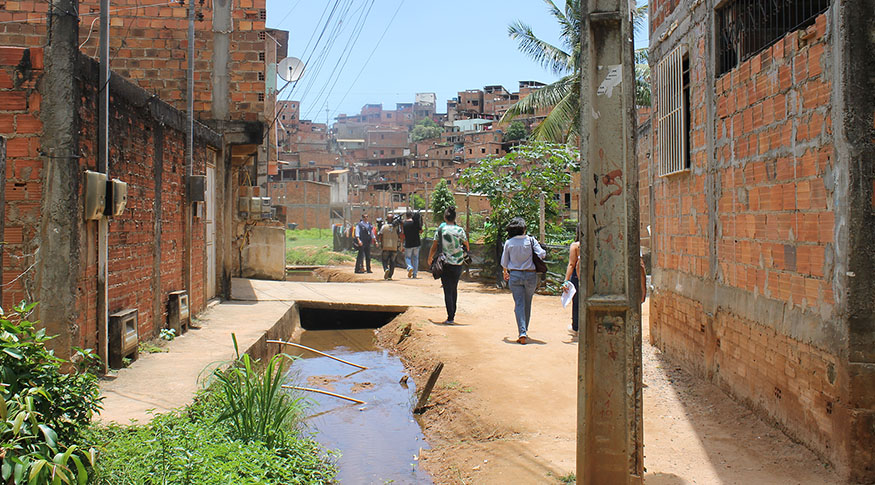
In 2018, Brazil had 13.5 million persons with per capita average earnings below R$ 145, or U$S 1.9 per day, according to the criterion adopted by the World Bank to identify extreme poverty conditions. That figure is equivalent to the populations of Bolivia, Belgium, Cuba, Greece and Portugal. Although the percentage has been stable against the 2017 figure, it increased from 5.8%, in 2012, to 6.5% in 2018, a seven-year record.
These data come from the Summary of Social Indicators (SIS) released today by the IBGE. The manager of the study, André Simões, highlights the necessity of public policies to fight extreme poverty, because it reaches a more vulnerable group and with more reduced conditions to join the labor market.
The Summary of Social Indicators also showed that, although one million persons had left the poverty line – a daily earnings below US$ 5.5, the measure adopted by the World Bank to identify poverty in developing countries such as Brazil – one fourth of the Brazilian population, or 52.5 million persons still lived on less than R$ 420 per capita per month. The index fell from 26.5%, in 2017, to 25.3% in 2018. Nevertheless, the percentage is far from what was reached in 2014, the best year in the series, which recorded 22.8%.
“The highest level of poverty in the series was registered in 2012, 26.5%, followed by a decrease of 4 percentage points in 2014. From 2015 on, with the economic crisis and the reduction of labor market, the percentages of poverty had a little decrease in 2018, a difference that does not characterize a change in trend, according to analyst Pedro Rocha de Moraes.
Poverty reaches mainly the black or brown population, which represents 72.7% of the poor, in absolute figures, or 38.1 million persons. And black or brown women represent the biggest number, 27.2 million persons below poverty line.
In 2018, the reduction of poverty occurred mainly in the Southeast, which had a decrease by 714 thousand persons in that condition, mainly in the state of São Paulo (623 thousand). Almost half (47%) of the Brazilians below poverty line in 2018 were in the Northeast region. Maranhão was the state with the biggest percentage of persons with earnings below the poverty line (53.0%). Santa Catarina, accounting for the smallest inequality figures, had the smallest percentage of poor people. All the states in the North and Northeast Region recorded poverty indicators above the national average.Inequality increases
Between 2012 and 2014, the group of 40% with the lowest earnings had a more significant increase of the per capita average monthly household earnings , with a change from R$ 329 to R$ 370. Since 2015, the average earnings of that group fell to R$ 339. Those with the 10% highest earnings faced a slight decrease of average earnings between 2012 and 2015 (from R$ 5,408 to R$ 5,373), but increased in the following years, resulting, at the end of 2018, in average earnings of R$ 5,764, the biggest figure in the series.
“In 2018, there was an improvement in labor indicators, although it had been more relevant in informal work. The value of earnings increased for all the population, but more for the 10% with the highest earnings that had a bigger share that the 40% with the lowest earnings, which increased inequality,” Mr. Moraes explains.
Per capita monthly household earnings of blacks and browns is half as that of white persons
In 2018, black or brown persons had a per capita monthly household earnings of R$ 934, almost half of the earnings of white persons (R$ 1,846). Between 2012 and 2018, there was a slight reduction of this difference, due to an increase of 9.5% in the average earnings of black or brown persons. Nevertheless, such decrease was not enough to surpass the historical inequality of income, in which white persons earn twice as much as black and brown ones.
Regarding housing conditions, 56.2% (29.5 million) of the population below poverty line does not have access to sewage disposal; 25.8% (13.5 million) do not have access to water supply from a general system; and 21.1% (11.1 million) do not have access to garbage collection services.
Both in terms of inadequate housing conditions and of the absence of sanitation, the recorded proportions are bigger among blacks and browns than among white persons. Among the former group, 42.8% (49.7 million) do not have access to sewage disposal services; 17.9% (20.7 million), to water supply from a general system; and 12.5% (14.5 million) to garbage collection services.


